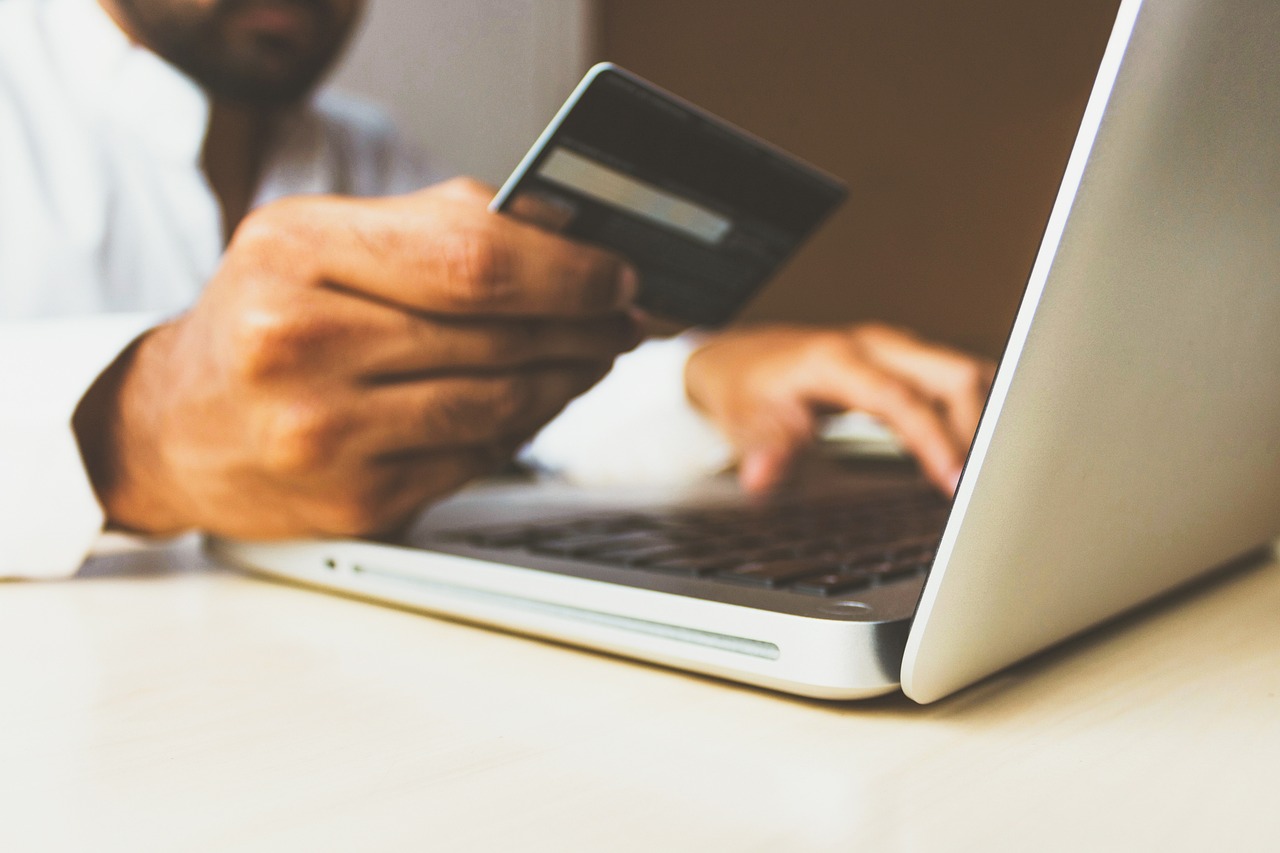Have you ever found yourself swiping through apps to pay bills or shopping online at lightning speed? While it’s super convenient, keeping your money safe in the digital world is another game. With cyber threats lurking in every corner, protecting your financial assets is not just about convenience—it’s about safeguarding your hard-earned money from potential risks. In this article, we’re diving into essential tips that’ll not only fortify your defenses, for instance, when you send money from Spain to UK but also provoke some deeper thinking about how we navigate the digital financial landscape.
Use Secure and Trusted Platforms
When conducting financial transactions online, always use secure and trusted platforms. Opt for reputable banks, financial institutions, and payment gateways that employ robust security measures like encryption and multi-factor authentication. Verify the legitimacy of the app or website before entering personal information like credit card details or login credentials. Secure platforms protect your transactions from unauthorized access and data breaches.
Enable Two-Factor Authentication (2FA)
Enhance the security of your financial accounts by enabling two-factor authentication (2FA) wherever possible. 2FA adds a layer of security by requiring a second form of verification, like a code sent to your mobile device and your password. This additional step makes it more difficult for unauthorized people to access your bank account, even if they have obtained your password through phishing or other means.
Monitor Account Activity Regularly
Stay vigilant by regularly monitoring your account activity. Check your bank statements, transaction histories, and account balances frequently to detect unauthorized or suspicious transactions promptly. Set up notifications for account activities, such as large withdrawals or purchases, to receive real-time updates. Early detection allows you to take immediate action if you notice any irregularities, such as reporting fraudulent transactions to your bank or freezing your account.
Educate Yourself on Phishing and Scams
 Protect yourself from phishing attacks and scams by educating yourself on common tactics used by cybercriminals. Avoid unsolicited emails, messages, or phone calls requesting personal or financial information. Verify the legitimacy of communication from financial institutions by contacting them directly through official channels. Avoid clicking on suspicious links or downloading attachments from unknown sources, as these may contain malware to steal sensitive data. Ensuring safety when conducting financial transactions is essential in today’s digital landscape.
Protect yourself from phishing attacks and scams by educating yourself on common tactics used by cybercriminals. Avoid unsolicited emails, messages, or phone calls requesting personal or financial information. Verify the legitimacy of communication from financial institutions by contacting them directly through official channels. Avoid clicking on suspicious links or downloading attachments from unknown sources, as these may contain malware to steal sensitive data. Ensuring safety when conducting financial transactions is essential in today’s digital landscape.
By using secure and trusted platforms, enabling two-factor authentication, monitoring account activity regularly, and educating yourself on phishing and scams, you can significantly reduce risks of falling victim to cyber threats. Prioritize security in every financial interaction to safeguard your information, assets, and peace of mind.

